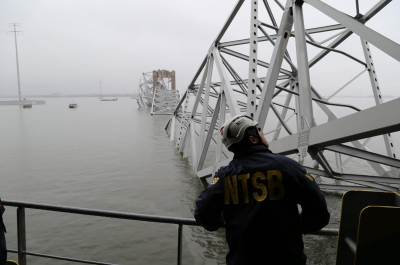After climbing nearly 90% from their February low, crude oil prices a week ago hit a road block at $50 a barrel. When oil futures prices traded through the $50 level, technical analysts projected they could go higher – if the price closed above that level. Unfortunately, it didn’t. As a result, oil prices have backed off slightly. The good news is that they didn’t collapse to $40.
The future of oil prices – most likely for the balance of 2016 – will be dictated by the interplay of numerous countervailing forces. Among them are the political battles in Nigeria and the continuing violence in Libya and Iraq that have driven their output lower. The ongoing economic chaos in Venezuela has put its 2.3 million barrels a day of output at risk for the world market. But the major force boosting oil prices recently was the shut-in of 1 million barrels of oil sands output due to the wildfires in Alberta, Canada's Fort McMurray area.
Offsetting that lost production was increased output from Iran whose production and export operations are recovering faster than many initially thought was possible. The Iranian oil minister, at the latest OPEC ministerial meeting, stated that his country wouldn’t consider agreeing to restrain its output until it reached 4 million barrels a day of output – or about a 10% higher output than current levels.
U.S. oil output continues to fall as shale wells age and production declines accelerate. As long as the industry restrains spending on new wells, the U.S. production decline will not be reversed anytime soon. The disturbing data point for this scenario, however, was the latest oil rig count increase. The oil rig count was up nine rigs last week – the first weekly multi-rig count rise since mid-November 2015.
If you are seeking a week in which the oil rig count increased by more than two, one needs to go back to the first week in August 2015. That date demonstrates how weak oil prices beginning in June 2015 telegraphed an impending oil industry downturn.
With oil prices on the threshold of $50 a barrel, domestic producers with sufficient balance sheet strength – either little or no debt, or at least who can manage their debt – have begun hedging future production. This gives them the ability to manage their cash flow. Some producers are now going back to work as demonstrated by the healthy weekly rig count increase.
Producers are announcing planned rig additions based on oil price levels and some are even projecting higher output targets now. A hidden measure of activity strength, which could boost domestic output, is completion of previously drilled but uncompleted wells. The cost to bring them into production is small since their drilling cost has already been spent.
Be prepared for a rise in domestic oil output, even if oil prices remains flat for the balance of 2016. Weekly rig count gains will signal future oil output rises that will hold back oil price increases in the near term.





